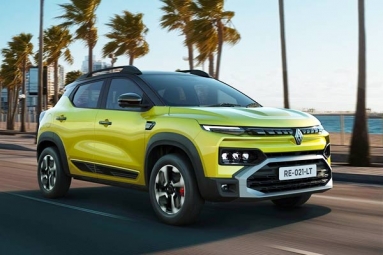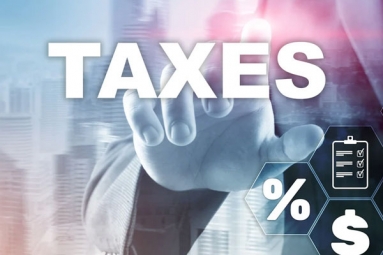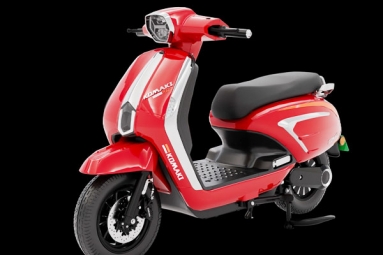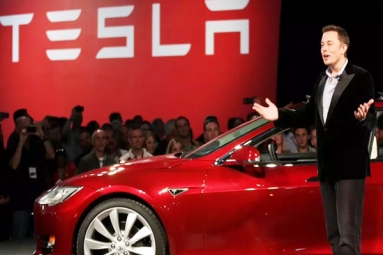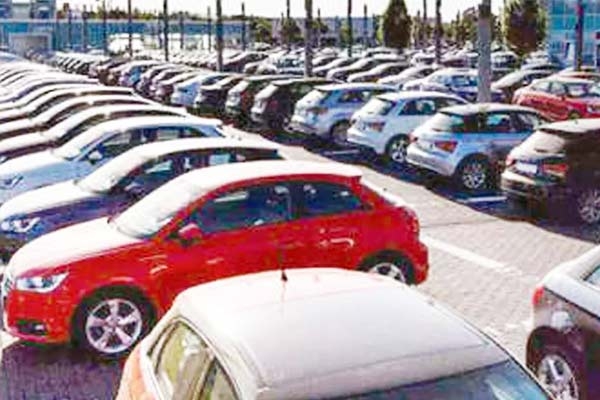
(Image source from: Thehansindia.com)
The Great Indian Buying Season is beginning quietly, with many people hesitant to purchase two-wheelers and four-wheelers because they are expecting an announcement about a possible GST rate reduction. Car manufacturers are trying to increase sales through their dealers but are struggling to attract buyers who are taking a cautious approach. India's shopping cycle starts in August with Independence Day, followed by various regional and national festivities. The festive period kicks off in South India with Onam, moves to the West for Ganesh Chaturthi, and then includes Dussehra, Durga Puja, Diwali, and wraps up with Christmas and New Year. Companies begin preparing their stock from July to early August to take advantage of the festive shopping. However, this year, sales have been slow after the Prime Minister mentioned the upcoming GST changes in his speech on August 15, which caused many to hold off on buying items that have a GST of 12% and 28%.
Retail sales of automobiles, according to the government's Vahan portal, are predicted to hit a low not seen in a year. So far, about 18 lakh units have been sold as of August 26. With just two days left, this number might increase slightly. In September 2024, retail sales reached 17.4 lakh units, and in December 2024, they were 17.75 lakh units. The GST Council is set to meet on September 3-4 to talk about and approve changes to the tax rates. This likely means switching to a system with two rates where items currently at 12% would drop to 5%, and items in the 28% category would combine with the 18% rate. It’s important to note that the government earns about 5-6% of its revenue from the 12% GST category, and 13-15% from the 28% tax bracket. Right now, all types of internal combustion engine vehicles, which include passenger cars, two-wheelers, three-wheelers, and commercial vehicles, fall under the 28% GST category. In contrast, electric vehicles are in the 5% category, while hydrogen fuel cell vehicles are classified at 12%.
The expected cut in the GST tax rate is unlikely to affect electric vehicles, and hydrogen fuel cell vehicles may shift to the 5% category. At present, passenger cars longer than four meters and with engines over 1400 cc are taxed at 28%, plus a compensation charge of up to 22%, making it a total of up to 50%. It is expected that the government may establish a 40% GST rate for vehicles exceeding 1500 cc, which would likely encourage SUV sales. Almost 60% of all passenger vehicles sold in India are classified as utility vehicles. Among these, about 25% of utility vehicles sold are taxed at the 28% rate, while the remaining vehicles belong to the higher tax category.






